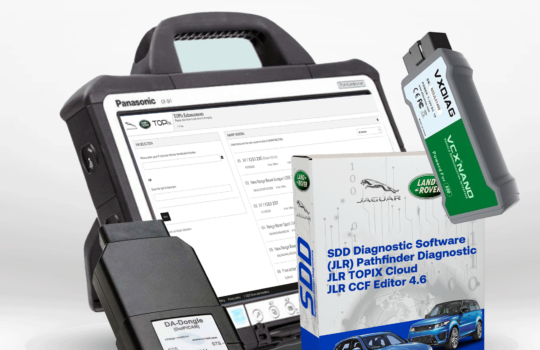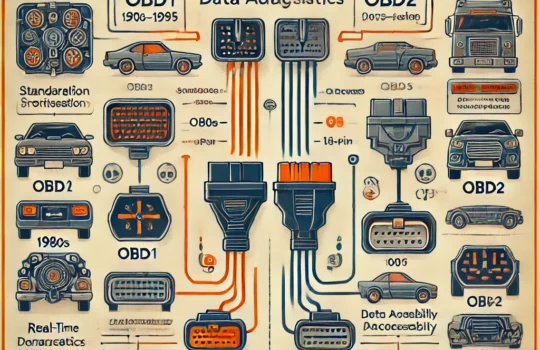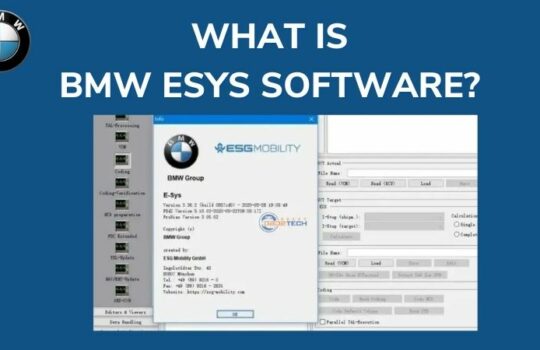Bad Catalytic Converter Signs & Fixes
Table of Content
- Introduction to Catalytic Converters
- Understanding Catalytic Converter Problems
- Bad Catalytic Converter Warning Signs
- Catalytic Converter Symptoms to Watch For
- How to Tell if Your Catalytic Converter is Bad
- Impact of a Bad Catalytic Converter on Vehicle Performance
- Catalytic Converter Diagnosis Methods
- Catalytic Converter Repair vs. Replacement
- Replacement of Catalytic Converter
- Conclusion
Introduction to Catalytic Converters
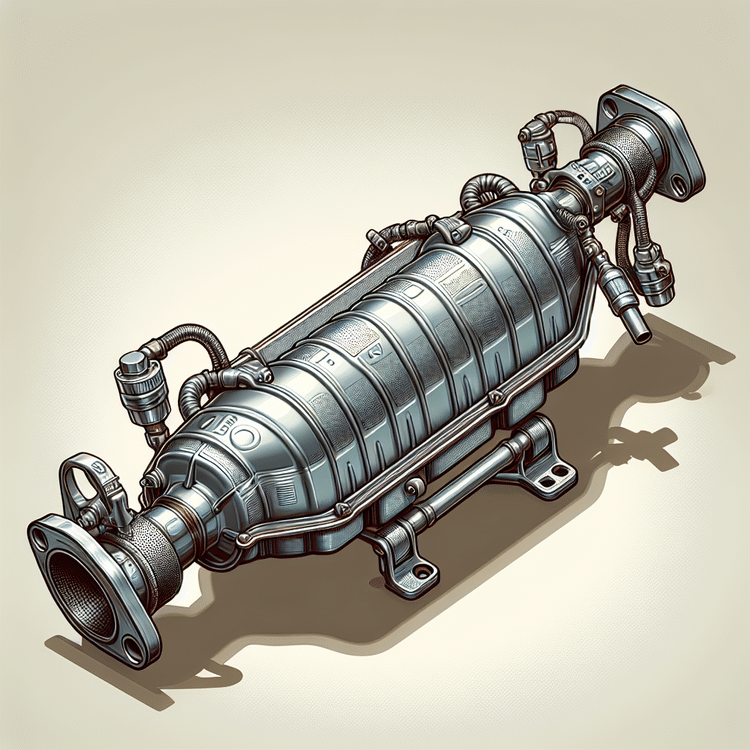
A catalytic converter is a crucial component of a vehicle’s exhaust system, designed to reduce harmful emissions that contribute to air pollution. It works by converting toxic gases produced during combustion, such as carbon monoxide, hydrocarbons, and nitrogen oxides, into less harmful substances before they are released into the atmosphere.
As vehicles face stricter environmental regulations, the role of catalytic converters in meeting these standards has grown significantly. If a catalytic converter is functioning properly, it enhances the vehicle’s performance and fuel efficiency. However, a bad catalytic converter can lead to several catalytic converter symptoms such as reduced engine power, poor acceleration, and increased exhaust emissions.
Some common bad catalytic converter warning signs include a noticeable decrease in fuel efficiency, a sulfur smell, and the illumination of the Check Engine light on your dashboard. If you experience any of these symptoms, it is essential to address the issue promptly to avoid further damage to your vehicle’s engine and exhaust system. For more detailed insights, you can refer to our post on P0420 Code: What It Means, Causes, and How to Fix It.
Understanding Catalytic Converter Problems
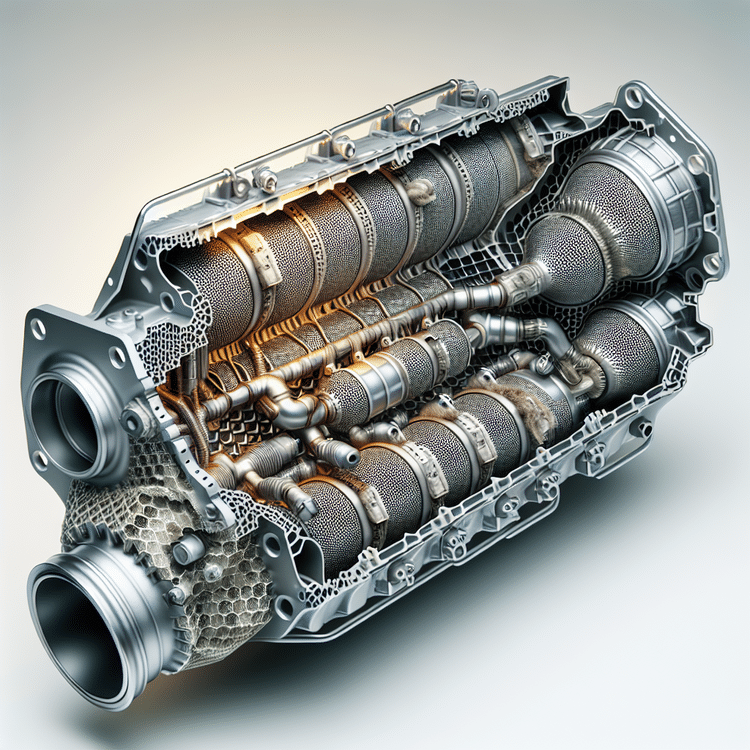
Catalytic converters are essential components of vehicle emission systems, designed to reduce harmful gas emissions. However, they can be affected by various problems that impact overall vehicle functionality.
- Wear and Tear: Over time, catalytic converters can wear out due to heat and chemical reactions. This degradation can lead to reduced efficiency and increased emissions.
- Contamination: Contaminants such as oil, coolant, or unburned fuel can poison the catalytic converter, leading to clogs and malfunction. This is often caused by engine issues like poor combustion.
- Overheating: A catalyst can overheat due to a rich fuel mixture or other mechanical issues. High temperatures can lead to failure, requiring costly repairs or replacements.
- Physical Damage: External factors, like road debris or accidents, can damage the catalytic converter, impacting its ability to function correctly.
It’s vital to recognize the signs of a failing catalytic converter early, such as decreased fuel efficiency, difficulty accelerating, or engine performance issues. For further understanding of vehicle diagnostics, check out our post on AHI Module Issues: Understanding DTC P24F700.
Bad Catalytic Converter Warning Signs
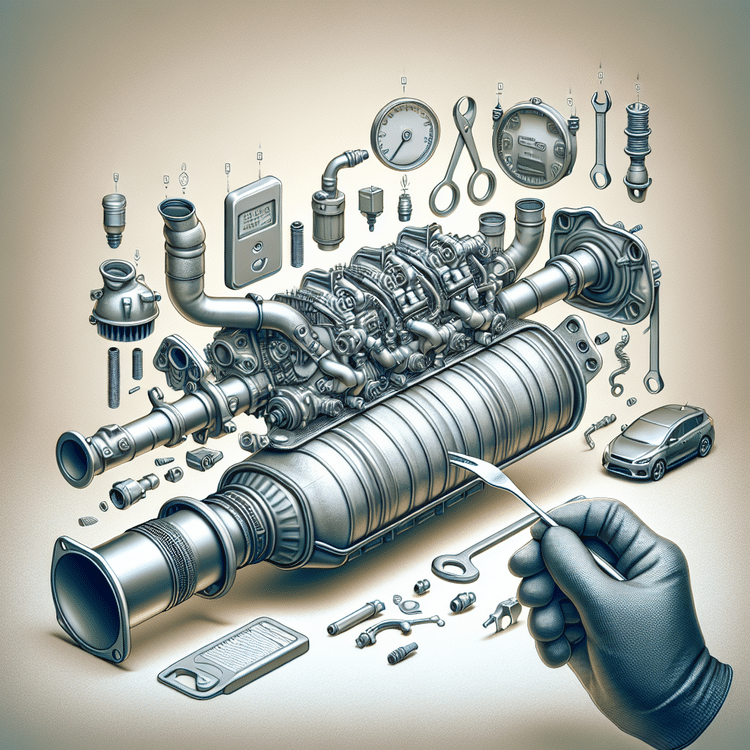
A catalytic converter plays a vital role in reducing harmful emissions from your vehicle. Recognizing bad catalytic converter warning signs early on can save you from expensive repairs and keep your car running smoothly. Here are some key indicators that your catalytic converter may be failing:
- Check Engine Light: If your check engine light turns on, this may indicate a catalytic converter issue. It’s essential to have your vehicle scanned for trouble codes.
- Reduced Engine Performance: If you notice a decrease in acceleration or overall power, this can signal a clogged converter that restricts exhaust flow.
- Unusual Odors: The presence of a strong sulfur or rotten egg smell can suggest that the catalytic converter is overheating, a clear warning of malfunction.
- Excessive Exhaust Emissions: If your vehicle is releasing more exhaust than usual, it may be failing to neutralize harmful gases properly.
Being aware of these signs can help you take action before further damage occurs. Additionally, learn how to perform essential checks with our guide on Crankshaft Position Sensor Testing: Easy Steps & Tips.
Catalytic Converter Symptoms to Watch For
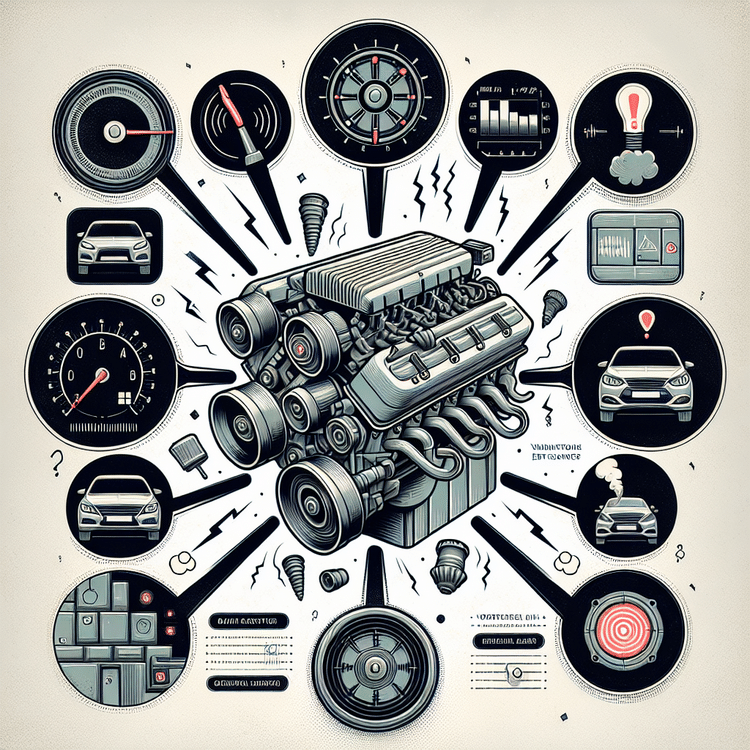
Recognizing the symptoms of a failing catalytic converter can save you from costly repairs and potential safety issues. Here are some key indicators to watch out for:
- Decreased Engine Performance: If your vehicle experiences sluggish acceleration, struggles to maintain speed, or feels like it’s losing power, this may be a sign of a bad catalytic converter affecting overall engine performance. For more insights, check our detailed guide on Reduced Engine Performance on Freelander 2.
- Unusual Noises: Unusual noises such as rattling or clanking sounds coming from underneath your vehicle can indicate that the catalytic converter is damaged. These noises are often due to the internal components deteriorating or breaking apart.
- Check Engine Light Activation: The activation of the check engine light is a common symptom of various engine problems, including issues with the catalytic converter. If this light appears, it’s advisable to perform a diagnostic check.
- Increased Emissions: A faulty catalytic converter can cause an increase in vehicle emissions due to improper exhaust processing. This not only affects air quality but could also result in failing emissions tests.
How to Tell if Your Catalytic Converter is Bad
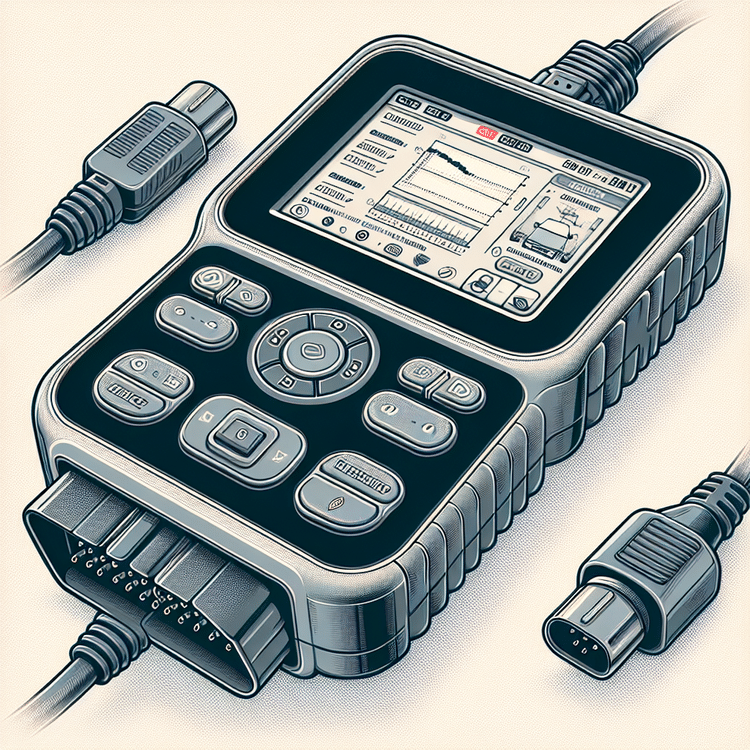
Diagnosing a bad catalytic converter can be achieved through a combination of visual inspections and using an OBD-II scanner. Follow these steps for effective diagnosis:
- Visual Inspection:
- Check for physical damage on the catalytic converter, including dents or excessive rust.
- Look for signs of a leak, such as rust or discoloration around the joints.
- Inspect exhaust pipes for discoloration, which could indicate overheating of the converter.
- Use an OBD-II Scanner:
- Connect the OBD-II scanner to your vehicle’s diagnostic port.
- Check for trouble codes, particularly P0420, which indicates a catalyst efficiency issue.
- Document any additional codes that may assist in identifying the underlying problem.
- Monitor Vehicle Performance:Pay attention to any changes in engine performance, such as decreased acceleration or poor fuel economy, which may indicate catalytic converter issues.
Impact of a Bad Catalytic Converter on Vehicle Performance
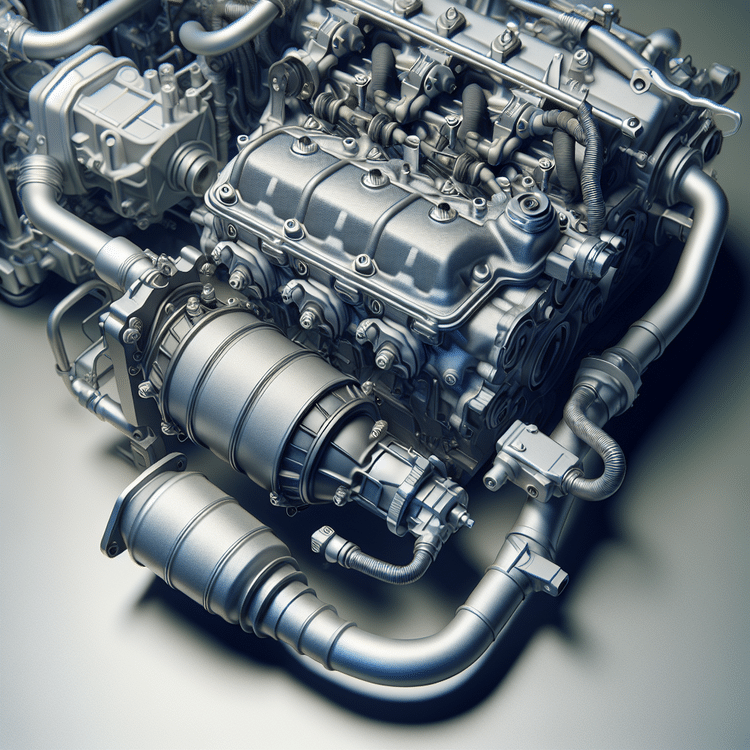
A faulty catalytic converter can have significant negative effects on your vehicle’s performance, primarily influencing fuel efficiency, engine health, and leading to long-term damages if not addressed promptly.
1. Fuel Efficiency: A bad catalytic converter can restrict the flow of exhaust gases, resulting in incomplete combustion and poor fuel efficiency. Drivers may notice a drop in miles per gallon (mpg), leading to more frequent trips to the gas station.
2. Engine Health: When the catalytic converter fails, it can cause back pressure in the engine. This can lead to symptoms like poor acceleration, stalling, or misfiring. Prolonged back pressure may damage the engine components, leading to costly repairs and performance issues.
3. Long-term Consequences: Ignoring catalytic converter problems can have detrimental effects. Aside from increased fuel costs and diminished vehicle performance, a seriously damaged catalytic converter can lead to a full engine failure. It is crucial to address issues early and consider getting diagnostic checks if you suspect problems with your catalytic converter.
In summary, paying attention to the symptoms of catalytic converter failure is essential for maintaining your vehicle’s performance and longevity. Regular checks and timely interventions can prevent extensive damage and ensure that your vehicle runs efficiently.
For those experiencing reduced engine performance, check our guide on Reduced Engine Performance on Freelander 2.
Catalytic Converter Diagnosis Methods
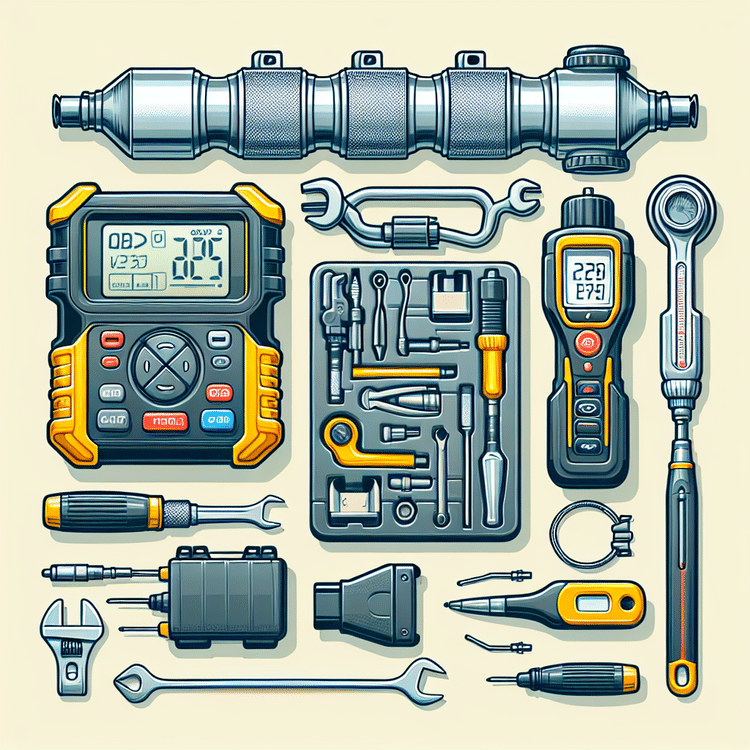
Diagnosing catalytic converter issues is crucial for maintaining vehicle performance and emissions control. Here are some effective methods for catalytic converter diagnosis:
- Visual Inspection: Start by inspecting the catalytic converter for any visible signs of damage, such as dents, cracks, or rust. Ensure that all exhaust connections are secure and leak-free.
- OBD-II Code Reading: Use an OBD-II scanner to check for diagnostic trouble codes (DTCs). Codes related to the catalytic converter, such as P0420, can indicate problems with converter efficiency or failure.
- Temperature Test: A temperature test measures the inlet and outlet temperatures of the catalytic converter. A significant difference between the two can suggest that the converter is functioning correctly, as it should heat up the exhaust gases.
It’s important to address any underscored catalytic converter problems promptly, as they can lead to more extensive engine issues. Regular monitoring and diagnostic checks can help maintain optimal performance.
Catalytic Converter Repair vs. Replacement

When it comes to the catalytic converter repair versus replacement discussion, it often boils down to the extent of damage and the specific symptoms your vehicle exhibits. If your catalytic converter is showing signs of failure, such as a noticeable decrease in fuel efficiency, poor acceleration, or an illuminated check engine light indicating a P0420 code, it’s critical to assess your options.
Repair is generally feasible when:
- The converter is clogged but not physically damaged.
- There are minor leaks in the exhaust system that can be sealed.
- Cleaning the catalytic converter can resolve the issue.
Conversely, a replacement of the catalytic converter is necessary when:
- The converter has suffered from severe physical damage or has melted internal components.
- There are repeated fault codes indicating persistent issues that repairs cannot resolve.
- The age and mileage of the vehicle suggest that the part is nearing the end of its service life.
If you’re considering a repair, our guide on Camshaft Position Sensor Replacement Guide – Step by Step may offer handy insights on the diagnostic process.
Replacement of Catalytic Converter
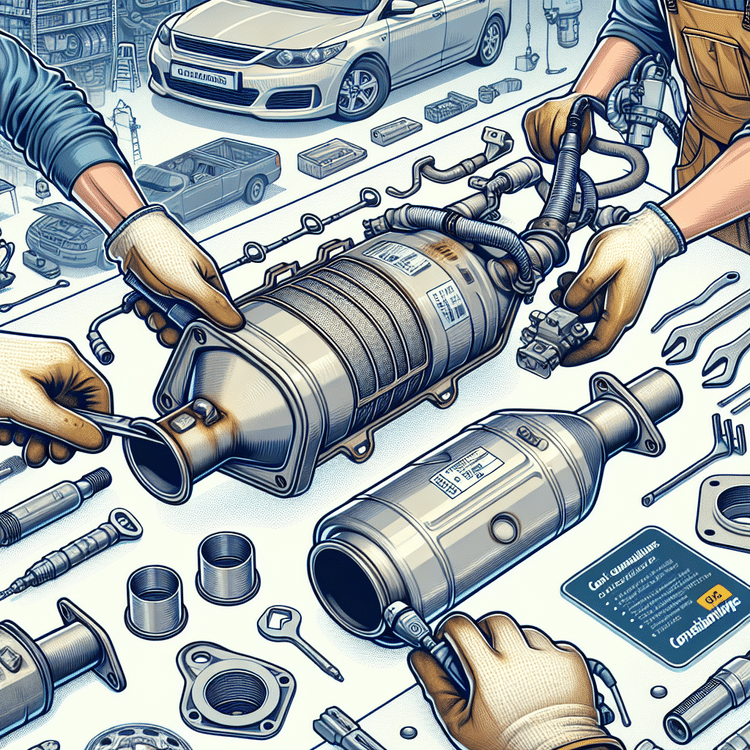
Replacing a catalytic converter is crucial for maintaining your vehicle’s performance and compliance with emissions regulations. Here are the steps involved in the replacement process:
- Diagnostic Assessment: Before replacing the catalytic converter, ensure that it is indeed faulty. Use an OBD-II scanner to check for related trouble codes, such as the P0420 code, which indicates inefficiency in the catalytic converter.
- Preparation: Gather all necessary tools, including wrenches, a jack, and a new catalytic converter that meets your vehicle’s specifications.
- Lift the Vehicle: Safely jack up the vehicle to access the exhaust system.
- Remove the Old Converter: Unbolt the old catalytic converter from the exhaust pipe and the manifold. Be cautious of any sensor wires that may be connected.
- Install the New Converter: Position the new catalytic converter and secure it in place, making sure all components, including any oxygen sensors, are properly reconnected.
- Testing: Start the engine and check for leaks or error codes. If necessary, reset the vehicle’s computer to clear any existing codes.
As for costs, replacing a catalytic converter can range from $500 to $2,500, depending on the make and model of your vehicle, and whether you choose an aftermarket or OEM part. It’s advisable to compare prices and consider factors such as warranty and emissions compliance when choosing the right part for your vehicle.
Conclusion

Recognizing the warning signs of a bad catalytic converter is crucial for maintaining your vehicle’s performance. Key indicators include a drop in fuel efficiency, unusual noises, and the illumination of the check engine light. Addressing these signs promptly can help avoid more severe engine issues and costly repairs.
To keep your catalytic converter and entire exhaust system in top shape, regular maintenance is essential. Consider checking your vehicle’s exhaust system during routine services and using quality products.
Additionally, if you suspect a malfunction, utilizing Techroute66 products for catalytic converter repair can provide the necessary support. For example, the Launch X431 Tesla Airbag Repair can help diagnose other potential issues impacting your vehicle’s performance.
